Md Ershadul Haque
Efficient quantum image representation and compression circuit using zero-discarded state preparation approach
Jun 22, 2023



Abstract:Quantum image computing draws a lot of attention due to storing and processing image data faster than classical. With increasing the image size, the number of connections also increases, leading to the circuit complex. Therefore, efficient quantum image representation and compression issues are still challenging. The encoding of images for representation and compression in quantum systems is different from classical ones. In quantum, encoding of position is more concerned which is the major difference from the classical. In this paper, a novel zero-discarded state connection novel enhance quantum representation (ZSCNEQR) approach is introduced to reduce complexity further by discarding '0' in the location representation information. In the control operational gate, only input '1' contribute to its output thus, discarding zero makes the proposed ZSCNEQR circuit more efficient. The proposed ZSCNEQR approach significantly reduced the required bit for both representation and compression. The proposed method requires 11.76\% less qubits compared to the recent existing method. The results show that the proposed approach is highly effective for representing and compressing images compared to the two relevant existing methods in terms of rate-distortion performance.
A novel state connection strategy for quantum computing to represent and compress digital images
Dec 14, 2022


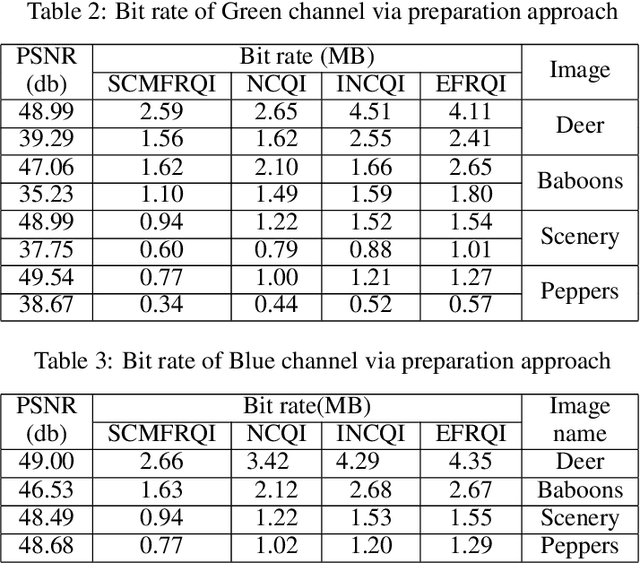
Abstract:Quantum image processing draws a lot of attention due to faster data computation and storage compared to classical data processing systems. Converting classical image data into the quantum domain and state label preparation complexity is still a challenging issue. The existing techniques normally connect the pixel values and the state position directly. Recently, the EFRQI (efficient flexible representation of the quantum image) approach uses an auxiliary qubit that connects the pixel-representing qubits to the state position qubits via Toffoli gates to reduce state connection. Due to the twice use of Toffoli gates for each pixel connection still it requires a significant number of bits to connect each pixel value. In this paper, we propose a new SCMFRQI (state connection modification FRQI) approach for further reducing the required bits by modifying the state connection using a reset gate rather than repeating the use of the same Toffoli gate connection as a reset gate. Moreover, unlike other existing methods, we compress images using block-level for further reduction of required qubits. The experimental results confirm that the proposed method outperforms the existing methods in terms of both image representation and compression points of view.
Analysis and prediction of heart stroke from ejection fraction and serum creatinine using LSTM deep learning approach
Sep 28, 2022



Abstract:The combination of big data and deep learning is a world-shattering technology that can greatly impact any objective if used properly. With the availability of a large volume of health care datasets and progressions in deep learning techniques, systems are now well equipped to predict the future trend of any health problems. From the literature survey, we found the SVM was used to predict the heart failure rate without relating objective factors. Utilizing the intensity of important historical information in electronic health records (EHR), we have built a smart and predictive model utilizing long short-term memory (LSTM) and predict the future trend of heart failure based on that health record. Hence the fundamental commitment of this work is to predict the failure of the heart using an LSTM based on the patient's electronic medicinal information. We have analyzed a dataset containing the medical records of 299 heart failure patients collected at the Faisalabad Institute of Cardiology and the Allied Hospital in Faisalabad (Punjab, Pakistan). The patients consisted of 105 women and 194 men and their ages ranged from 40 and 95 years old. The dataset contains 13 features, which report clinical, body, and lifestyle information responsible for heart failure. We have found an increasing trend in our analysis which will contribute to advancing the knowledge in the field of heart stroke prediction.
Impact analysis of recovery cases due to COVID19 using LSTM deep learning model
Sep 06, 2022



Abstract:The present world is badly affected by novel coronavirus (COVID-19). Using medical kits to identify the coronavirus affected persons are very slow. What happens in the next, nobody knows. The world is facing erratic problem and do not know what will happen in near future. This paper is trying to make prognosis of the coronavirus recovery cases using LSTM (Long Short Term Memory). This work exploited data of 258 regions, their latitude and longitude and the number of death of 403 days ranging from 22-01-2020 to 27-02-2021. Specifically, advanced deep learning-based algorithms known as the LSTM, play a great effect on extracting highly essential features for time series data (TSD) analysis.There are lots of methods which already use to analyze propagation prediction. The main task of this paper culminates in analyzing the spreading of Coronavirus across worldwide recovery cases using LSTM deep learning-based architectures.
Rice Leaf Disease Classification and Detection Using YOLOv5
Sep 04, 2022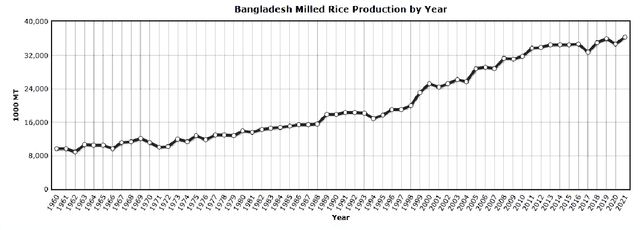


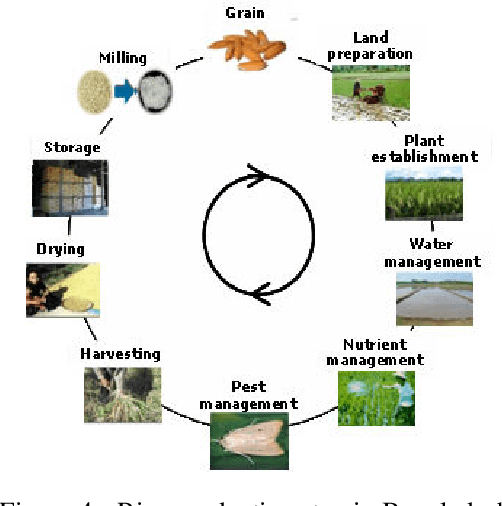
Abstract:A staple food in more than a hundred nations worldwide is rice (Oryza sativa). The cultivation of rice is vital to global economic growth. However, the main issue facing the agricultural industry is rice leaf disease. The quality and quantity of the crops have declined, and this is the main cause. As farmers in any country do not have much knowledge about rice leaf disease, they cannot diagnose rice leaf disease properly. That's why they cannot take proper care of rice leaves. As a result, the production is decreasing. From literature survey, it has seen that YOLOv5 exhibit the better result compare to others deep learning method. As a result of the continual advancement of object detection technology, YOLO family algorithms, which have extraordinarily high precision and better speed have been used in various scene recognition tasks to build rice leaf disease monitoring systems. We have annotate 1500 collected data sets and propose a rice leaf disease classification and detection method based on YOLOv5 deep learning. We then trained and evaluated the YOLOv5 model. The simulation outcomes show improved object detection result for the augmented YOLOv5 network proposed in this article. The required levels of recognition precision, recall, mAP value, and F1 score are 90\%, 67\%, 76\%, and 81\% respectively are considered as performance metrics.
Advance quantum image representation and compression using DCTEFRQI approach
Aug 30, 2022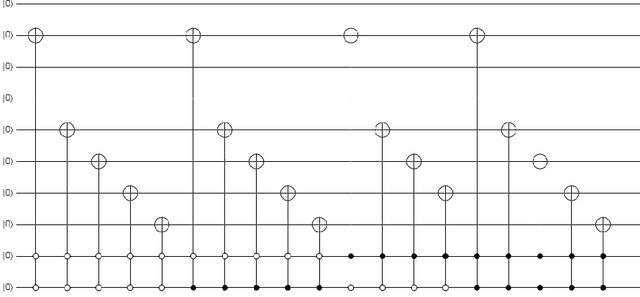
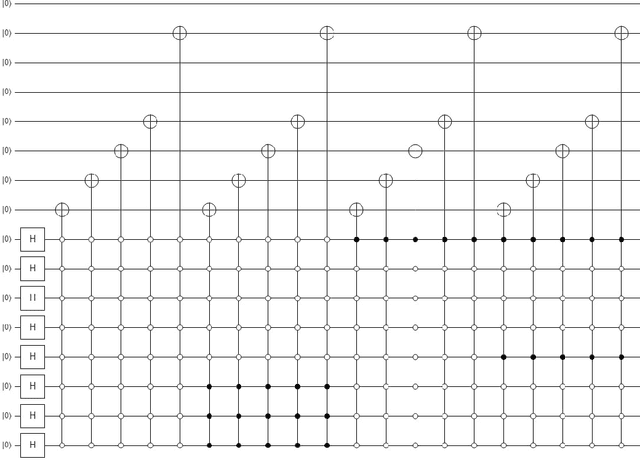
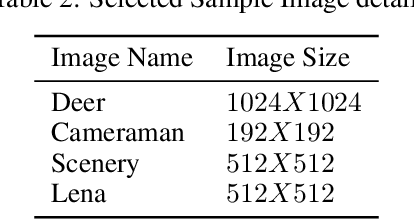
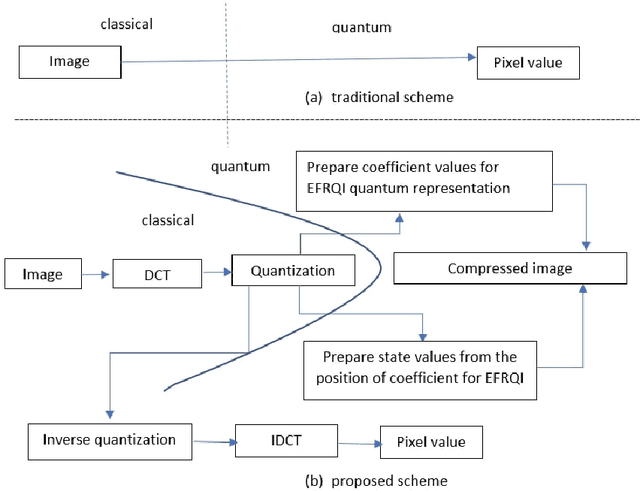
Abstract:In recent year, quantum image processing got a lot of attention in the field of image processing due to opportunity to place huge image data in quantum Hilbert space. Hilbert space or Euclidean space has infinite dimension to locate and process the image data faster. Moreover, several researches show that, the computational time of quantum process is faster than classical computer. By encoding and compressing the image in quantum domain is still challenging issue. From literature survey, we have proposed a DCTEFRQI (Direct Cosine Transform Efficient Flexible Representation of Quantum Image) algorithm to represent and compress gray image efficiently which save computational time and minimize the complexity of preparation. The objective of this work is to represent and compress various gray image size in quantum computer using DCT(Discrete Cosine Transform) and EFRQI (Efficient Flexible Representation of Quantum Image) approach together. Quirk simulation tool is used to design corresponding quantum image circuit. Due to limitation of qubit, total 16 numbers of qubit are used to represent the gray scale image among those 8 are used to map the coefficient values and the rest 8 are used to generate the corresponding coefficient position. Theoretical analysis and experimental result show that, proposed DCTEFRQI scheme provides better representation and compression compare to DCT-GQIR, DWT-GQIR and DWT-EFRQI in terms of PSNR(Peak Signal to Noise Ratio) and bit rate..
 Add to Chrome
Add to Chrome Add to Firefox
Add to Firefox Add to Edge
Add to Edge